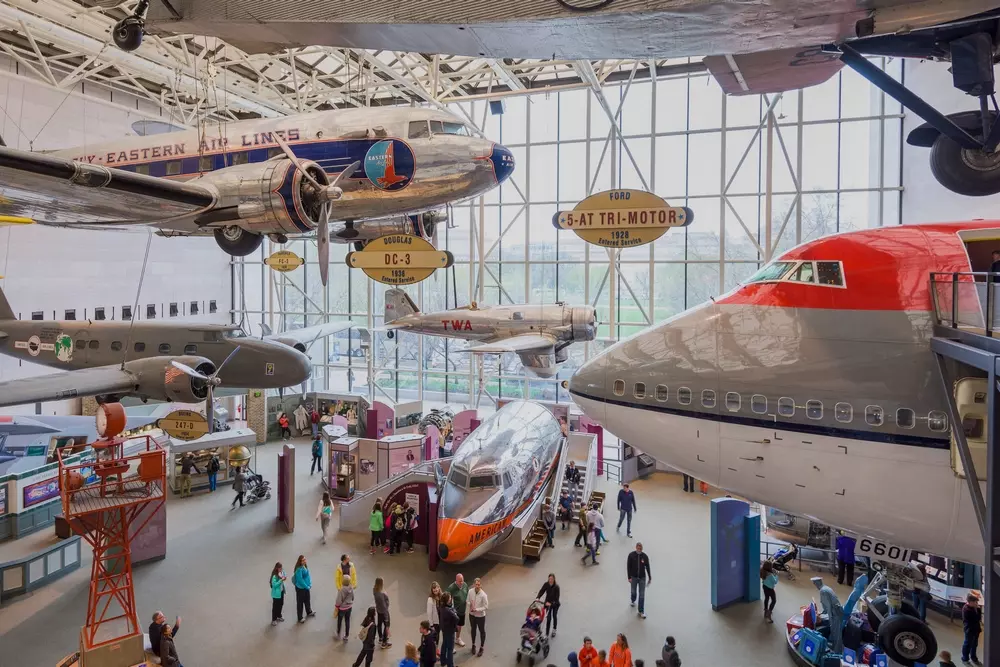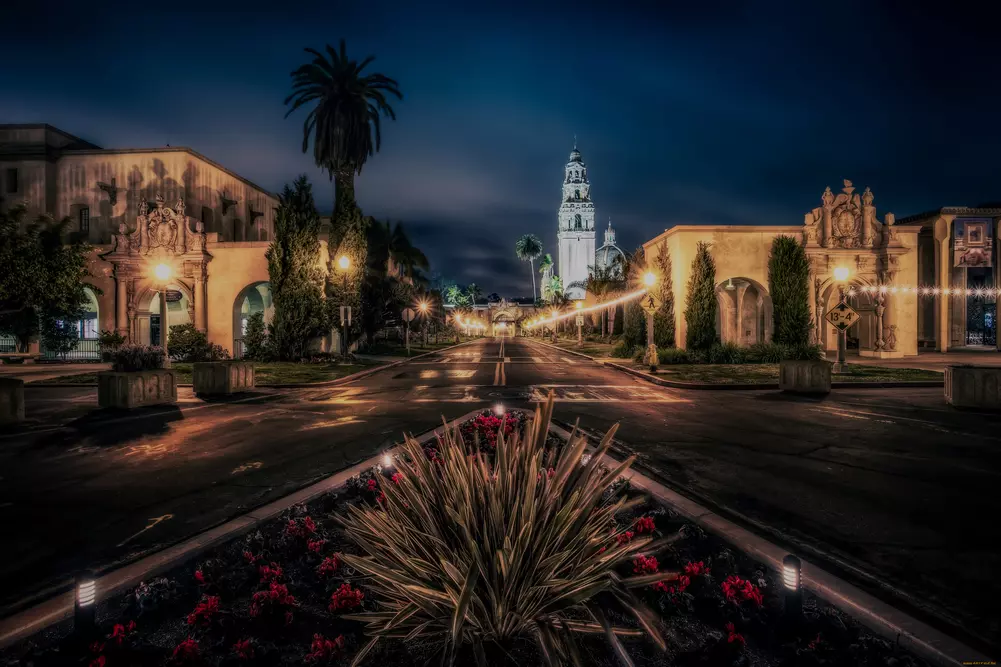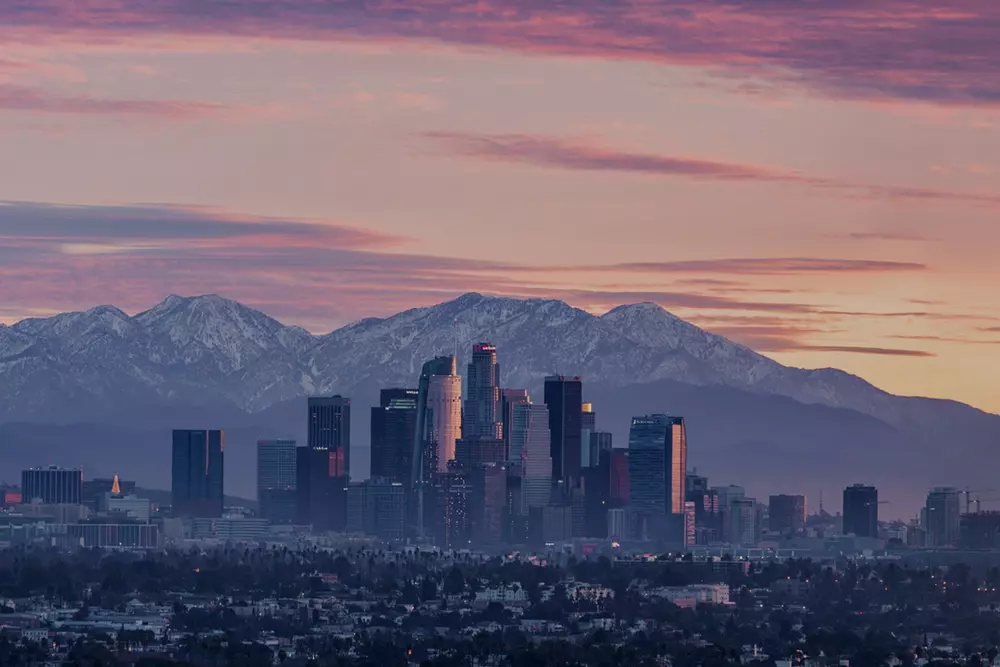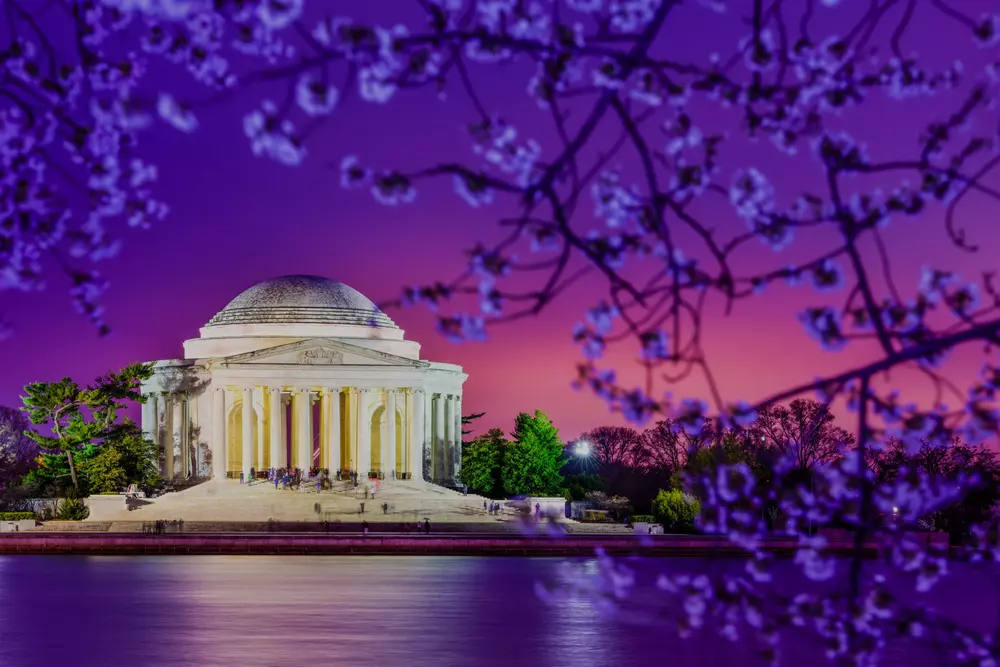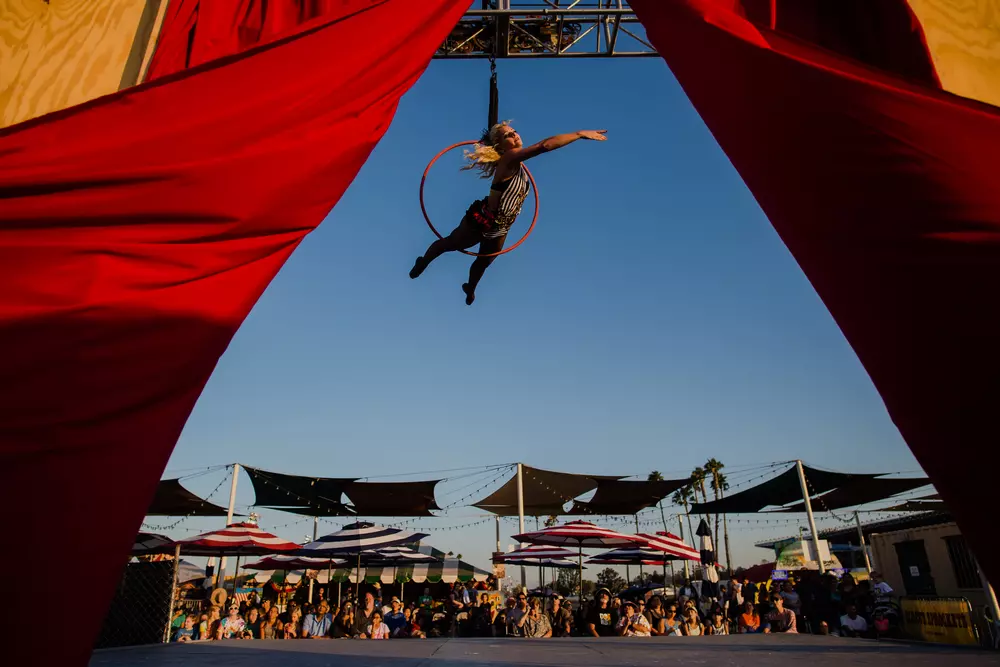Delving into the Mysteries of the Capitol
The Capitol is not just a beautiful white building with a dome; it's the lawmaking hub of the entire USA. Surprisingly, it's also a distant relative of St. Isaac's Cathedral.
Read our article to learn how the Capitol turned a doctor into an architect in just a few weeks, how the mayor of Washington is pressured there, and when such wonders as sewage and garbage disposal appeared in America's main government building.
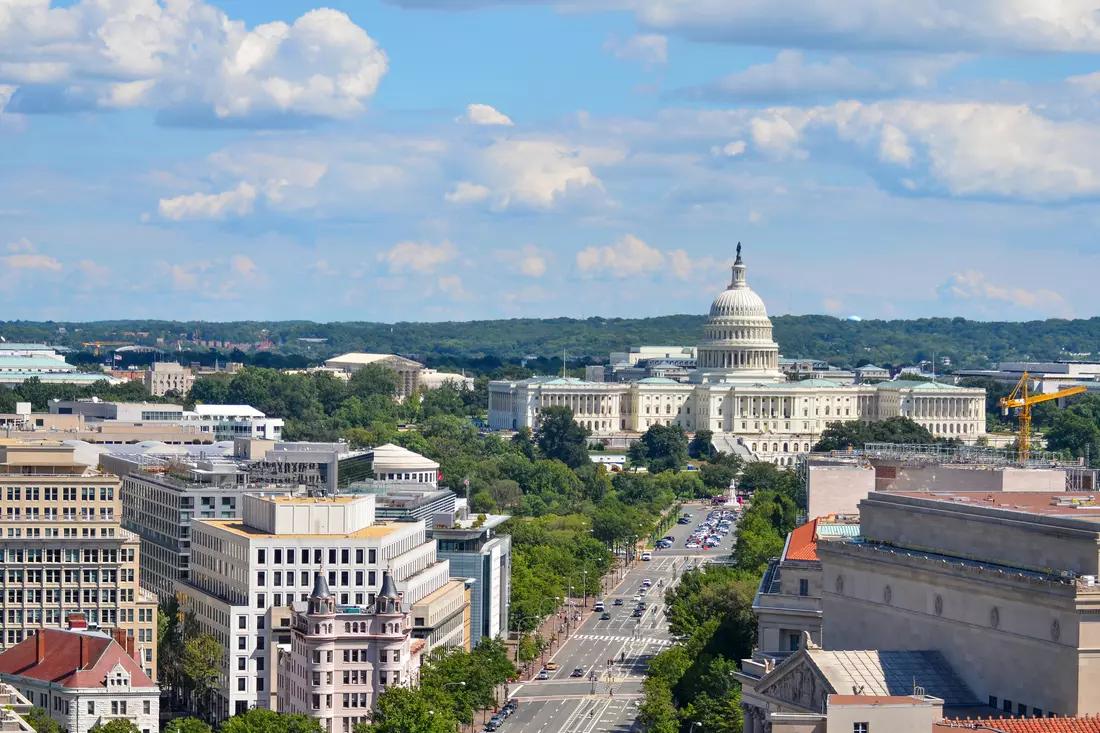
What's Inside the Capitol
The Capitol is one of the most recognizable buildings in the USA. It appears everywhere, from news to comedies. Its history is so rich that it could be a film in itself. But first, we need to understand what this building is, why it is needed, and who occupies it.
Primarily, it is the workplace of Congress, the main legislative body of the USA. Congress consists of the Senate and the House of Representatives, totaling 535 members, not counting the administrative and service staff. Essentially, the Capitol is a huge hive where the country's future is shaped. Besides this, the Capitol also manages Washington D.C. itself: formally, the mayor heads the city, but Congress can amend municipal laws and oversee the city's executive power.
Think that's all? Not quite. The Capitol also houses an art gallery with paintings and sculptures. It's located in the rotunda under the dome, offering one of the best views of Washington. The building itself is also a kind of architectural gallery. This is where it gets interesting. From project to realization, it took so much time and people that "House-2" pales in comparison.
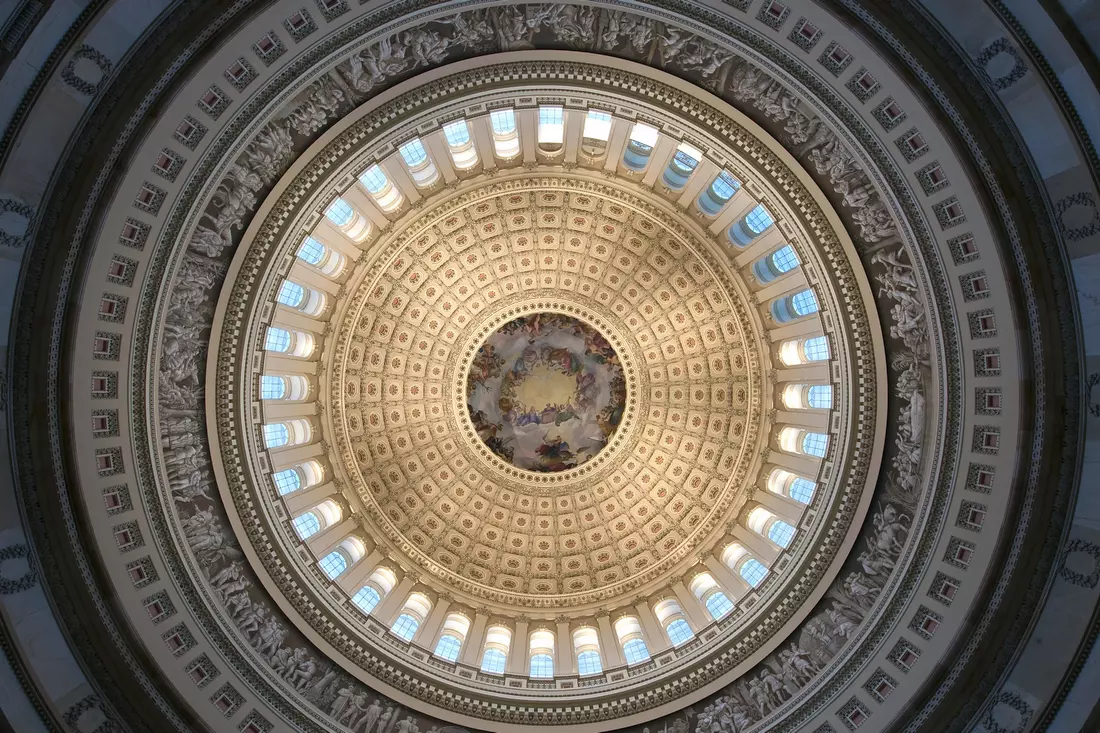
Who Designed the Project
In 1792, President George Washington announced a competition for the best design of a government building on Capitol Hill — it was to symbolize the permanence, wisdom, and reliability of the new government of the new country. All submitted projects were rejected, and the competition was about to end when the work of an unknown Scotsman arrived. Everyone liked it so much that the author was declared the winner and immediately commissioned to start construction with the personal blessing of Washington himself.
The architect turned out to be a doctor — William Thornton wanted to win so badly that he learned the basics of the craft in a few weeks and submitted his version. He became one of the first symbols of the American dream: wanted, learned, achieved! However, he didn't have the stamina to continue. Laying the foundation took three long years, funds were wasted, and delays in materials proved stronger than respect for the idea. The inexperienced Thornton was removed from the project.

War and the British
He was replaced by Philadelphia's best architect, Henry Latrobe. He quickly took charge: in 1800, the first session of Congress was held in the unfinished but already usable building.
Everything was fine until the War of 1812. In 1814, the British burned half of Washington. While the White House survived partially, the future Capitol burned to the ground. Latrobe was devastated to see what had become of his work but took on the task of restoration. However, he couldn't control himself, spending extravagantly on unnecessary luxuries to hide what he considered his failure. The post-war budget couldn't handle this — Latrobe was removed from the project.
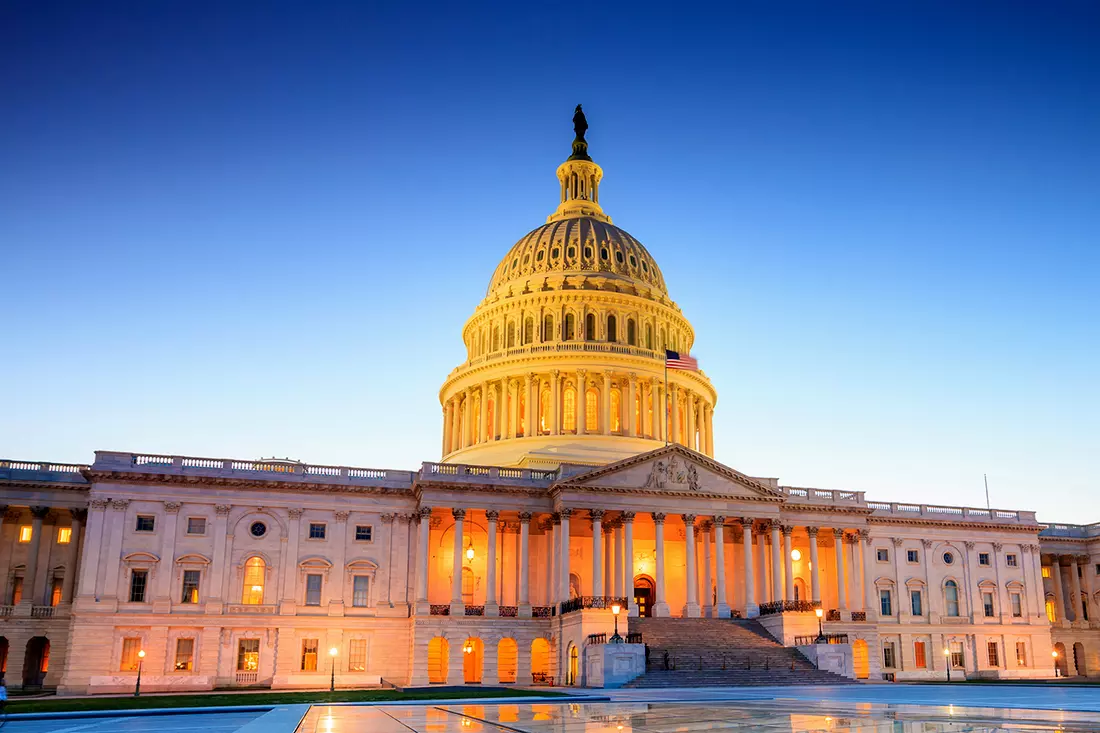
The Triumph of Practicality and Beauty
In 1818, President Monroe hired Boston architect Charles Bulfinch for construction. He was a strict pragmatist, not fond of decorative excess. Within weeks, he revised all previous plans and began reconstruction. Bulfinch managed to complete the central part of the Capitol at a record low cost of $12,000.
By 1827, the building was fully completed. Another decade later, it had a garbage disposal system, sewage, and electricity. Later, a library was added but it perished in a fire. The new Library of Congress now sits opposite the Capitol.
Thirty years later, the building was expanded with additional wings. To give it a touch of elegance, the original dome was replaced with a new one, cast in iron and inspired by St. Isaac's Cathedral domes in St. Petersburg. The Capitol's dome features the Statue of Freedom, and the columns are decorated with local flora like tobacco leaves and corn cobs instead of traditional Roman motifs.
Capitol Tours
Visiting the Capitol is possible with a tour that provides detailed insights into its history and architecture. Tours are available for individuals and groups. During the tour, you can see the main halls and rooms and learn interesting facts about the workings of the U.S. Congress.
Professional guides conduct the tours, explaining each element of the building and its significance. You can also visit exhibitions and museums located within the Capitol to dive deeper into the history of American democracy.
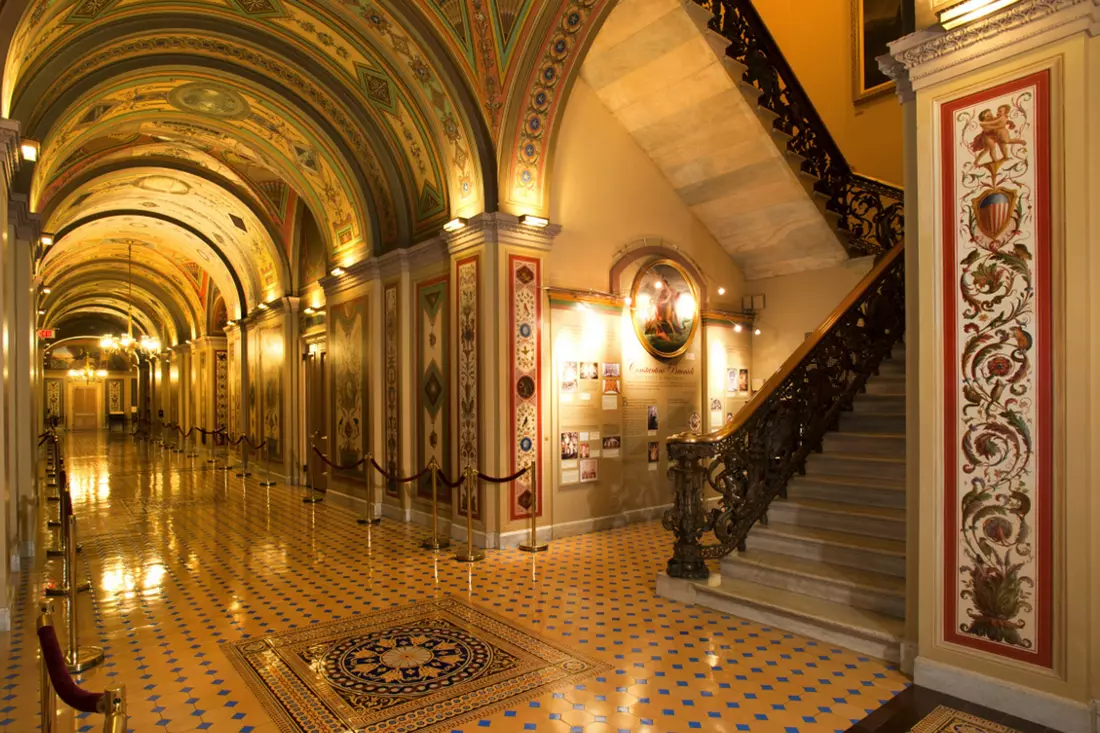
Now that the formal building of Congress has become a true legend, it’s worth seeing it in person. Specialists at American Butler can help you tour not only the Capitol but all of Washington. In fact, all the states!
Leave your questions and requests in the form below, and we will gladly respond at your convenience.






















